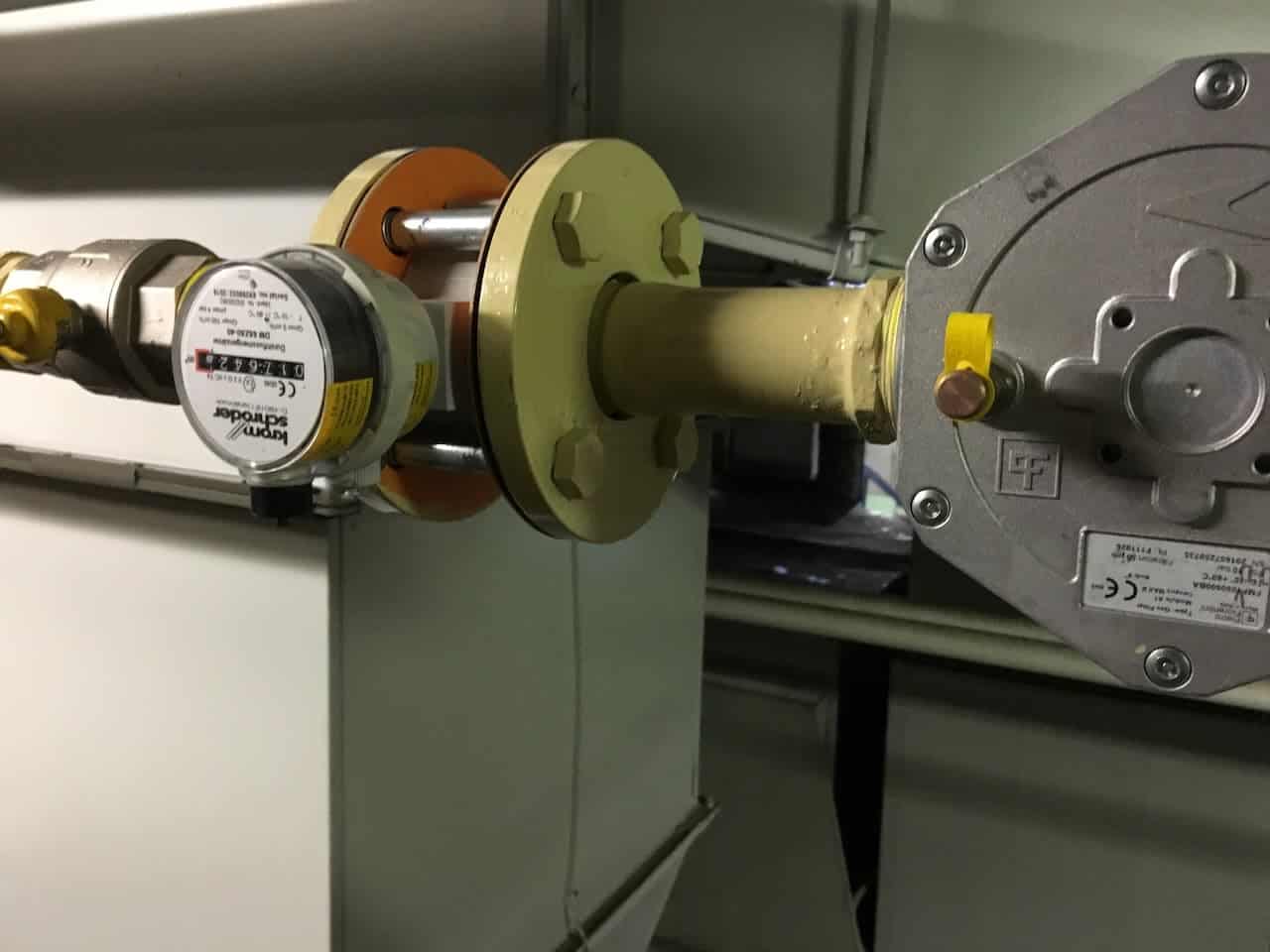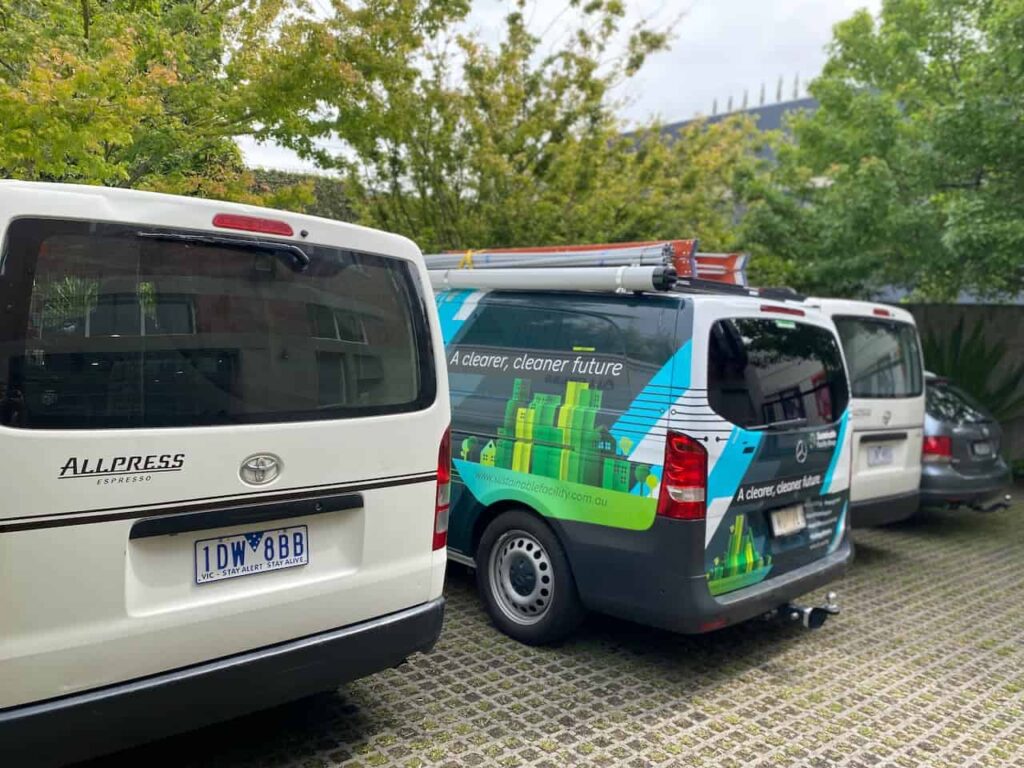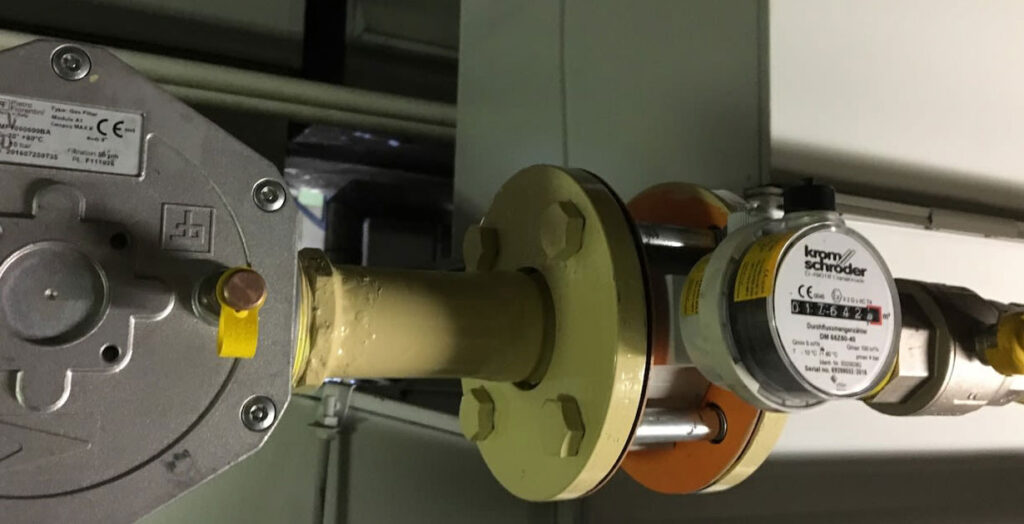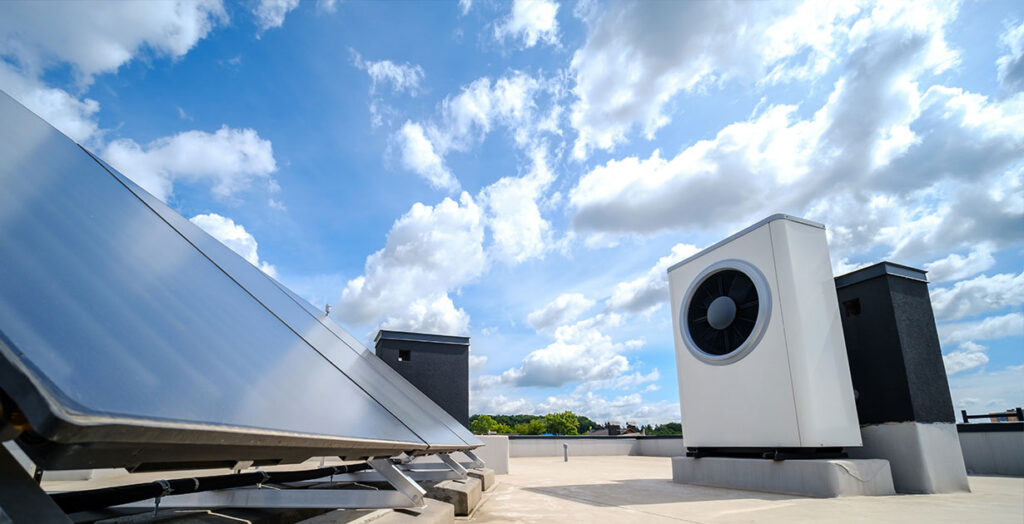

Gas-powered systems are common in many commercial, educational, health and aged care buildings in Australia. However, these systems are not only costly to operate and maintain, but also contribute to greenhouse gas emissions and climate change. In this blog post, we will explain how electrification of gas assets can help building owners and operators achieve energy efficiency and emissions reductions, and why Sustainable Facility Group is your expert partner for this process.
Electrification of gas assets is the process of replacing gas-powered equipment and appliances with electric alternatives, such as heat pumps, electric water heaters, induction cooktops, and electric dryers. Electrification can also involve upgrading the building's electrical infrastructure, such as wiring, circuits, and transformers, to accommodate the increased electricity demand.
There are many benefits of electrifying gas assets:
- Save money: Electric equipment and appliances are generally more efficient and cheaper to run than gas ones, especially when powered by renewable energy sources. Figures vary with each specific set of circumstances, but commercial buildings that replace their gas-burning heating systems with electric heat pumps could reduce their total greenhouse emissions by 44 percent!
- Reducing emissions: Gas combustion produces carbon dioxide and other pollutants that contribute to global warming and poor air quality. By switching to electricity, building owners and operators can reduce their carbon footprint and support the transition to a low-carbon economy. Governments are getting behind the shift, with the Victorian Government releasing the Gas Substitution Roadmap, and the ACT Government launching the Electrification of Government Gas Assets Program, which aims to replace over 1,000 gas assets in facilities owned and operated by the government by 2040, resulting in better environmental outcomes for the ACT.
- Improving comfort and safety: Electric equipment and appliances can provide better temperature control, indoor air quality, and noise reduction than gas ones. They also eliminate the risks of gas leaks, fires, and explosions, which can cause property damage, injuries, and fatalities.
Electrifying gas assets is not a simple or straightforward process. It requires careful planning, design, implementation, and monitoring to ensure optimal performance, reliability, and safety. Some of the steps involved are:
- Conducting an energy audit: An energy audit is a comprehensive assessment of the building's energy consumption, costs, and potential savings. It identifies the areas of high energy use, the types and conditions of the gas assets, and the suitable electric alternatives. It also provides recommendations on the best practices and technologies to improve the building's energy efficiency and sustainability.
- Developing a plan: Based on the energy audit, a plan is developed to outline the scope, budget, timeline, and expected outcomes of the electrification project. The plan also considers the regulatory requirements, stakeholder expectations, and potential challenges and risks of the project. SFG advocates starting with assets nearing their replacement age – the business case can then be developed around the replacement cost of an end of life asset, rather than one with years left as a useable asset.
- Implementing the project: The project involves procuring and installing the electric equipment and appliances, as well as upgrading the electrical infrastructure if needed. It also involves testing, commissioning, and verifying the functionality and performance of the new systems. The project may be done in phases or stages, depending on the size and complexity of the building and the project.
- Monitoring and evaluating the project: The project is monitored and evaluated to measure the actual results and impacts of the electrification, such as the energy and cost savings, the emissions reductions, and the customer satisfaction. The project should be reviewed and refined to identify any issues or opportunities for improvement or expansion, and continual improvement.
Why choose Sustainable Facility Group as your partner for electrification?
Sustainable Facility Group is a company that offers energy efficiency solutions for businesses in Australia. We have over 25 years of experience working with businesses and facility managers across education, commercial, healthcare and government sectors. We provide end-to-end sustainability solutions, from consulting and advice to service delivery and maintenance. We are your trusted advisors in energy efficiency strategy and delivery, and we work with you to design actionable measures to reduce your operating costs, lower your carbon footprint and optimise your building’s performance. Some of the services we offer are:
- Energy efficiency consulting and service delivery: We provide energy audits, asset lifecycle planning and management, building energy optimisation programs, sustainable energy source recommendations, building tuning and optimisation, building management system optimisation and recommissioning, and smart metering.
- Electrification project delivery: We have worked with portfolio building owners on the electrification project process, and can apply this experience to your assets.
If you are interested in electrifying your gas assets and achieving energy efficiency and emissions reductions, contact us today to find out how we can help you with your sustainability goals. We are your expert partners for electrification of gas assets, and we are committed to creating greener, healthier and safer environments for businesses across Australia.



